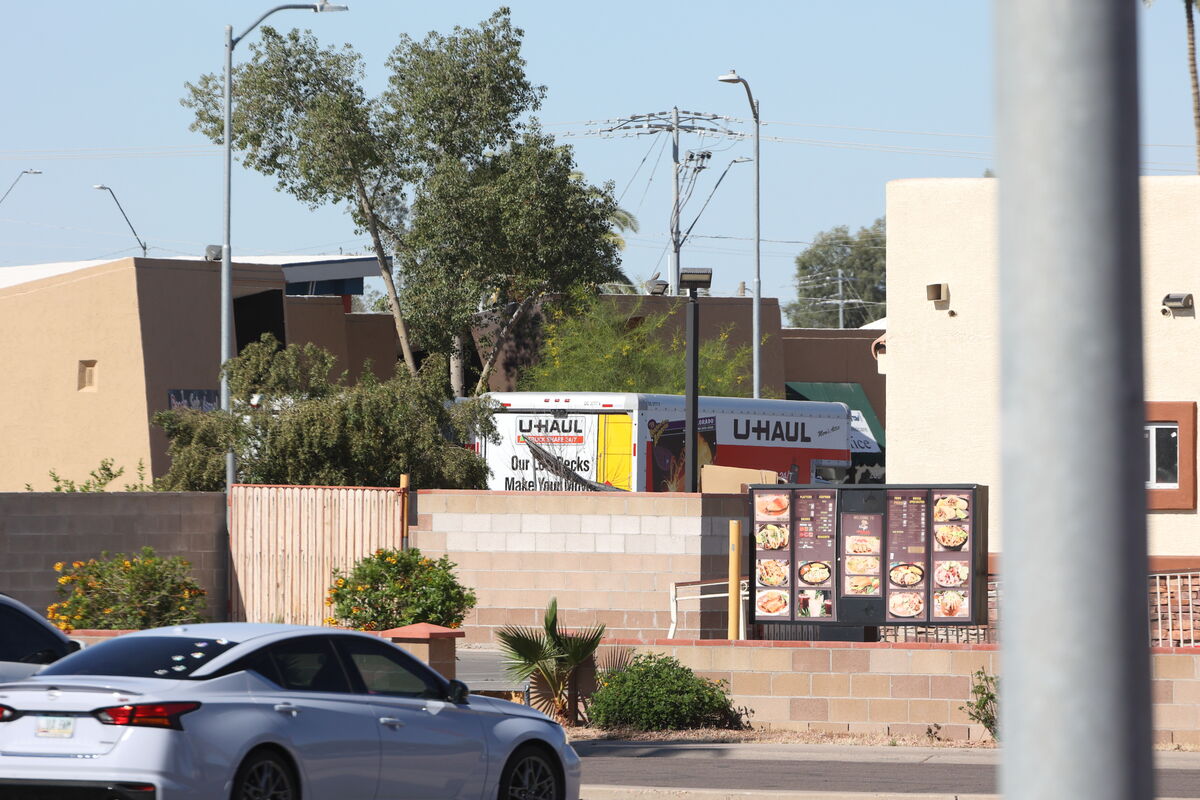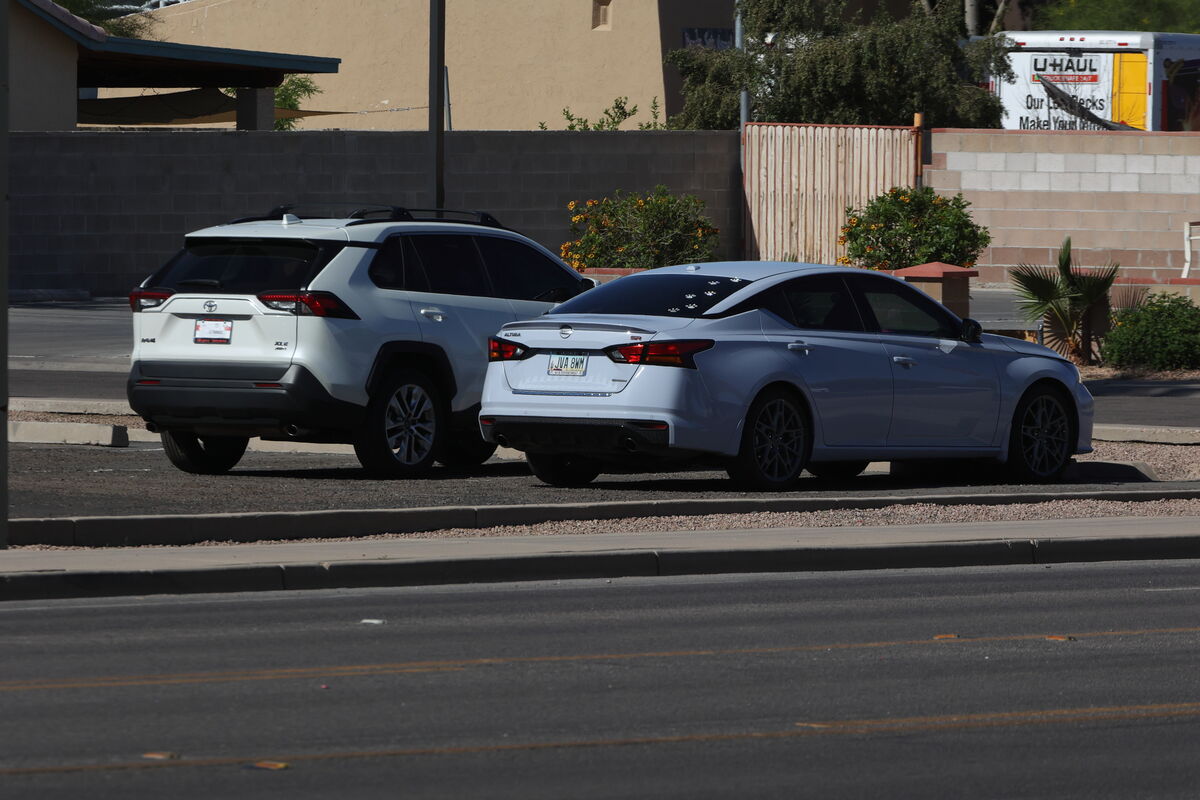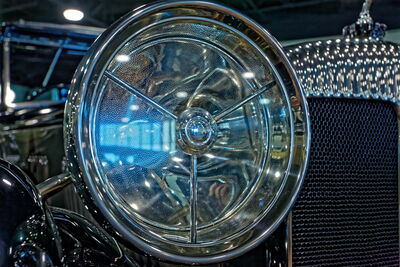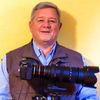The EF Extender 1.4III (continued)
Apr 19, 2024 08:19:01 #
Historically, only the professional 1-series EOS cameras supported auto focus for lenses with maximum apertures smaller than f/5.6. Beginning with the EOS 5DIII release in 2012, Canon has extended the ability to autofocus at f/8 into an increasing number of newer EOS DSLR cameras, now including all 1D series models, the 5DIII, 5DIV, 5DS, 5DS-R, 7DII, 80D, 77D, and Rebel T7i. These Canon EOS bodies feature high density, high precision auto-focus sensors with 45 or more AF points.
Blue Angels - Sat Day 1

Canon L-series lenses share a number of common characteristics. L lenses tend to be more durable, incorporating dust and water-resistant rubber seals in most models. L lenses also contain optics of higher quality, with many lenses containing aspherically ground, fluorite or ultra-low dispersion glass elements. Their front elements do not rotate for the proper operation of some filters, such as circular polarizers. L lenses are often "fast", with maximum apertures commonly f/2.8 or f/4 and never exceeding f/5.6. Prime lenses have a much greater maximum aperture, such as Canon's current 50mm and 85mm L lenses which open to f/1.2. All current L-series lenses have ultrasonic autofocus motors (USM) and extra communication pins, except for the specialist tilt-shift lenses which do not provide autofocus.
Yes, I recognize the 'agedness' of this topic, a discussion of SLR / DSLR technology in 2024, now a few years into the mirrorless revolution.
Blue Angels - Sat Day 1

The EF 300mm f/2.8 lens refers to a family of 300mm telephoto prime lenses made by Canon going back to manual focus versions first released in 1974. The lens is commonly used by sports and wildlife photographers, but is short enough for use in extreme close-up portraits. Because of its rather high native magnification, the EF 300L can also be used for macro type photography.
Blue Angels - Sat Day 1

Introduced in 1987, the EF lens mount is the standard lens mount on the Canon EOS family of SLR film and digital SLR cameras. EF stands for "Electro-Focus". Automatic focusing on EF lenses is handled by a dedicated electric motor built into the lens. Mechanically, it is a bayonet-style mount, and all communication between camera and lens takes place through electrical contacts; there are no mechanical levers or plungers.
Blue Dasher

When using Canon extenders, Canon recommends the Series III extender be attached first to the lens, before attaching the whole unit to the camera. This ensures the combined lens information is transmitted correctly to the EOS camera to provide the optimum image quality and focus performance.
Green Darners by Paul Sager, on Flickr

The Canon EF 500mm f/4L IS II USM was released in 2011. All images employ the EF 2x III Extender extending the focal length by 2x to 1000mm. The Series III Extenders (also commonly called teleconverters) have an integrated microcomputer designed specifically for use with compatible Canon IS Supertelephoto Series II lenses, such as the 500L.
Blue Dasher

In 1999 Canon released the first f/4 version of the 500L adding camera shake correction (IS - Image Stabilization) effective to 2-stops in terms of shutterspeed.
2023 Chicago Air & Water Show

Canon's super telephoto lenses have a secondary IS mode that automatically senses when a tripod is being used and, at shutter speeds between 1/30th and 1 second, adjusts to compensate for mirror slap, shutter and other subtle tripod-based vibrations. The IS system automatically disables itself during tripod use when shutter speeds longer than 1 second are used. The images shown here were all captured with the 500L mounted to a gimbal head on a tripod stationed at the water's edge on the shore of Lake Michigan in Chicago, IL. The 700mm effective focal length can provide relatively "close" images of single planes and individual parachutists performing over the lake.
Golden Knights

Blue Angels - Sat Day 1

Canon L-series lenses share a number of common characteristics. L lenses tend to be more durable, incorporating dust and water-resistant rubber seals in most models. L lenses also contain optics of higher quality, with many lenses containing aspherically ground, fluorite or ultra-low dispersion glass elements. Their front elements do not rotate for the proper operation of some filters, such as circular polarizers. L lenses are often "fast", with maximum apertures commonly f/2.8 or f/4 and never exceeding f/5.6. Prime lenses have a much greater maximum aperture, such as Canon's current 50mm and 85mm L lenses which open to f/1.2. All current L-series lenses have ultrasonic autofocus motors (USM) and extra communication pins, except for the specialist tilt-shift lenses which do not provide autofocus.
Yes, I recognize the 'agedness' of this topic, a discussion of SLR / DSLR technology in 2024, now a few years into the mirrorless revolution.

Blue Angels - Sat Day 1

The EF 300mm f/2.8 lens refers to a family of 300mm telephoto prime lenses made by Canon going back to manual focus versions first released in 1974. The lens is commonly used by sports and wildlife photographers, but is short enough for use in extreme close-up portraits. Because of its rather high native magnification, the EF 300L can also be used for macro type photography.
Blue Angels - Sat Day 1

Introduced in 1987, the EF lens mount is the standard lens mount on the Canon EOS family of SLR film and digital SLR cameras. EF stands for "Electro-Focus". Automatic focusing on EF lenses is handled by a dedicated electric motor built into the lens. Mechanically, it is a bayonet-style mount, and all communication between camera and lens takes place through electrical contacts; there are no mechanical levers or plungers.
Blue Dasher

When using Canon extenders, Canon recommends the Series III extender be attached first to the lens, before attaching the whole unit to the camera. This ensures the combined lens information is transmitted correctly to the EOS camera to provide the optimum image quality and focus performance.
Green Darners by Paul Sager, on Flickr

The Canon EF 500mm f/4L IS II USM was released in 2011. All images employ the EF 2x III Extender extending the focal length by 2x to 1000mm. The Series III Extenders (also commonly called teleconverters) have an integrated microcomputer designed specifically for use with compatible Canon IS Supertelephoto Series II lenses, such as the 500L.
Blue Dasher

In 1999 Canon released the first f/4 version of the 500L adding camera shake correction (IS - Image Stabilization) effective to 2-stops in terms of shutterspeed.
2023 Chicago Air & Water Show

Canon's super telephoto lenses have a secondary IS mode that automatically senses when a tripod is being used and, at shutter speeds between 1/30th and 1 second, adjusts to compensate for mirror slap, shutter and other subtle tripod-based vibrations. The IS system automatically disables itself during tripod use when shutter speeds longer than 1 second are used. The images shown here were all captured with the 500L mounted to a gimbal head on a tripod stationed at the water's edge on the shore of Lake Michigan in Chicago, IL. The 700mm effective focal length can provide relatively "close" images of single planes and individual parachutists performing over the lake.
Golden Knights

Apr 19, 2024 09:01:19 #
Nice examples of what quality lenses and extenders can produce. I love my 2XIII on my 70-200mm f4L and 400mm, both are a bit slow, however they work quite well, especially on the R6.
Apr 19, 2024 10:21:36 #
Apr 19, 2024 10:35:10 #
Thanks, Paul… if my memory (?) serves me correct, x2 Canon TCs aren’t universally recommended? Consensus being, get the 1.4 iii but disappointment awaits if you go with a 2x, particularly with the ef 100-400 L ii. Your images certainly dispute that. Is it the use of primes rather than zooms?
Apr 19, 2024 10:54:28 #
47greyfox wrote:
Thanks, Paul… if my memory (?) serves me correct, x2 Canon TCs aren’t universally recommended? Consensus being, get the 1.4 iii but disappointment awaits if you go with a 2x, particularly with the ef 100-400 L ii. Your images certainly dispute that. Is it the use of primes rather than zooms?
There's a lot of 'it depends'. A main part of the dependency is whether the EOS DSLR can retain autofocus for the lens and body involved with the 2x. Personally, I use the 2x vIII with both the 300 f/2.8L and the 500 f/4L, both vII releases of these lenses. When you can look at images comparing the lenses with and without the extenders, you can 'see' the visual differences for subjects that 'fill' the respective frames. But, trying to crop to the same result as the extended lens shows the extender is the better approach. I don't have the EOS-R bodies that test how well a MILC can 'drive' extended lenses with effective max apertures smaller than f/8. Someday, maybe ...
Apr 19, 2024 10:59:24 #
Thanks alberio, John, 47greyfox! I have old FD extenders too that I use on those MF FD lenses. The loss of image quality is more pronounced, but still producing better results than trying to crop to the same results, well at least with the 24MP mirrorless being used.
Apr 19, 2024 11:30:15 #
Apr 19, 2024 11:36:42 #
Apr 19, 2024 12:41:09 #
CHG_CANON wrote:
Thanks alberio, John, 47greyfox! I have old FD extenders too that I use on those MF FD lenses. The loss of image quality is more pronounced, but still producing better results than trying to crop to the same results, well at least with the 24MP mirrorless being used.
My lenses are L series EF. These are examples shot a few minutes ago. The subjects are about 1/2 block away. The camera is the R6, the lens is a EF 70-200 f4 L non IS, with Canon 2x III extender, @ 200mm, (effective 400mm) 800 ISO, 1/1250 shutter, f11 for the Uhaul photo and same specs except f16 for the blue car. Both were handheld and Auto Focus, only converted to jpeg from RAW, no external processing.
Apr 19, 2024 14:29:23 #
Apr 19, 2024 16:08:59 #
VERY well done a lot of fine effort on your part
The 1.4III works extremely well with the 100/400II & the 135L which I finally got around to using.
The 1.4III works extremely well with the 100/400II & the 135L which I finally got around to using.
Apr 19, 2024 18:34:59 #
Apr 20, 2024 05:35:59 #
Apr 20, 2024 08:27:20 #
Apr 20, 2024 10:10:09 #
CHG_CANON wrote:
Historically, only the professional 1-series EOS c... (show quote)
DAMN Paul! These are AWESOME photos, all of them. You the MAN. Please post more when you can. Thanks BE SAFE!!
Tom
If you want to reply, then register here. Registration is free and your account is created instantly, so you can post right away.











